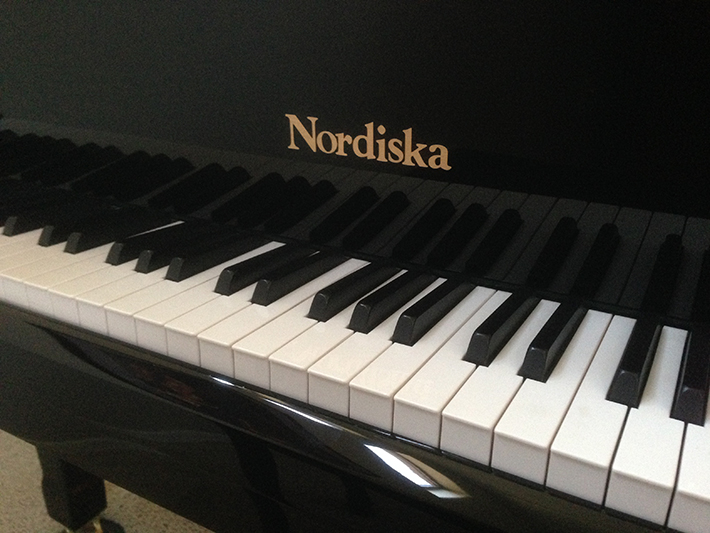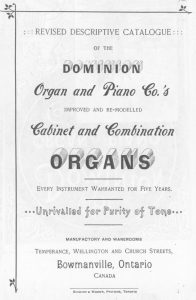Piano serial numbers identify the (1) age of your piano, the (2) piano's year of manufacture, as well as (3) the circumstances surrounding the production of your piano, including factory history, manufacturing processes, and company ownership and oversight.
The serial number (NOT the model number) of the piano. To locate the serial number on a vertical piano, open the top and look inside. Almost all of them include the serial number on the plate in a small 'window' near the tuning pins. The serial number is considered your piano’s birth certificate, and it is the way the original manufacturer assigned it a unique. However, locating it can be tricky. We provide our customers with the following real-life diagrams to quickly help them find the serial number on their grand or upright piano.
You can look up a free piano serial number history search from this page (see list of manufacturers, below).
Piano Serial Numbers:
Location, location, location...
Piano serial numbers usually have five to seven digits, but may have fewer or more, depending on the manufacturer and age of your piano. Serial numbers may also include a letter as well.
Here are the TOP FIVE places to locate the serial number of your spinet, console, studio, or upright piano:
Serial number locations are found:
1) On the piano’s cast iron plate. After lifting up the lid, look along the top front area of the plate. The serial number may be to the right or the left, or in the middle.
2) Under the opened lid on the ledge, stamped on a little plaque, to the right or to the left.
3) Stamped on the back of the piano; near the top of the wood frame.
4) Printed on one of the hammers, found on either end of the piano (newer or imported pianos).
5) Printed on one the keys - behind the nameboard, inside the piano (newer or imported pianos).
If you cannot find the serial number in any of the locations listed on this page, please watch the video below, to help find more piano serial number locations.
Grand Piano Serial Numbers
Where Are They Found? ...
Dominion Organ And Piano Co Serial Numbers
Here are the TOP FIVE places to locate the serial number of your BABY GRAND or GRAND piano:
(See this link for a detailed picture of where to look)
Note: You may have to remove the (1) music desk first and (2) gently clean out any dust from your piano's plate [using a soft dry cloth + vacuum hose] before you can find these numbers.
Serial number locations are found:
1) On the piano’s cast iron plate, near the tuning pins, as you face the keys. Look to the right or to the left.
Dominion Piano Serial Numbers Lookup
2) The Capo d'astro bar. Located on the right, this acts as a 'bridge' to the 'beams' of the cast iron plate.
3) On the piano's soundboard (see link above for a diagram).
4) On a metal plate underneath the piano's top lid, near the strings and soundboard.
5) Immediate interior [front]: On the back of the [a] keyslip (long wooden ledge, runs along the front/bottom of the piano's keys. The serial number is often hidden and stamped on the other side, facing the keys). On the front of the [b] action frame (after the keyslip is removed), or stamped on [c] one or both of the cheek blocks, viewed to the right and left of the piano's keyboard.


On older pianos, you may find 3-5 screws, underneath the keyslip, that will need to be removed (or, simply lift up, if no screws are present) to view the action frame. The serial number may be stamped on the front of the frame's wooden base, immediately under the keys.
To the right and left of the keys are two end cheek blocks, which are each secured down with a giant bolt or screw, which passes through the piano's keybed, both of which must be removed, to access the interior of the piano (see video, above).
Caution: When unscrewing and removing the cheek blocks, do not mistake the piano's leg screw/bolt, with the cheek block's screw/bolt.
Also, be careful not to drop the cheek blocks once they are removed, which can gouge and permanently damage the piano's case, and the block's delicate condition.
To recap: the piano's serial number may be hidden on the back of the piano'skeyslip (immediately in front of / below the keys), on the action's frontkeyframe, on the cheek blocks (each side), or within the action itself, once removed from the piano.
Scroll down below to find the (1) manufacturer of your piano, and then (2) click on the link to find the serial number.
Piano Values By Serial Number
(Please be patient as we are updating this page on a daily basis. We invite you to SUBSCRIBE to this page, and to use the search box above, as serial numbers are being updated and added on an ongoing basis.)
Baldwin | Sohmer
Yamaha
|
Thinking of purchasing a Yamaha Piano? Visit our Grey Market Pianos page to find out more before making that purchase!
The Pierce Piano Atlas, 12th Edition now in hardcover format, provides a wealth of information about the piano manufacturing industry. Over 12,000 piano names are included, some dating back to the early eighteen hundreds. This guide provides references to serial numbers, dates of manufacture, factory locations, a brief history of many manufacturers and other pertinent information.
The Piano Book is the bible of the piano marketplace. An indispensable resource to buyers and owners of pianos, amateur and professional pianists alike. This book evaluates and compares every brand and style of piano sold in the United States.
Information on how the piano works, ages, and the difference between different piano brands is discussed in great detail. There is also a wealth of diagrams of parts, information on manufacturing, maintenance, moving and storage, inspecting new and used pianos, the special market for Steinways, and sales gimmicks to watch out for.
Playing Piano for Pleasure is a practical guide to learning and playing the piano for fun! Includes material from the author's interviews with master pianists, artists, and writers. The result is a book that should be cherished for years to come.

SUBSCRIBE TO OUR FREE EZINE:
Support our site at no cost to you. Make your Amazon purchases by clicking through this link, here.
Baldwin Pianos Serial Numbers
Kohler & Campbell pianos are products of the ingenious minds of two people, Charles Kohler and John Calvin Campbell. In 1896, they joined forces to form the partnership that later on made a big name in the world of musical instruments.
When they first teamed up in New York, Campbell was a machinist who had made several genius machines using wood and iron while Kohler was a piano maker and was also considered a genius in factory management and business. Together they created a new line of music, by creating one of the best piano lines on the market.
Present Day Manufacturing
Kohler and Campbell manufactures both grand and vertical pianos. Each piano is classified in to two categories - the Millennium series and the New York series. Both the Millennium and New York Series of grand pianos have six models. There are eight vertical Millennium vertical pianos and four New York vertical pianos.
These models are manufactured with the finest materials and expert craftsmanship from around the world, including Germany, South Korea, Canada and Indonesia. Serial numbers can be seen either on the inside cover of the instrument or above the iron plate on the left or right side.
Piano Features
The pianos are made through the combined power of technology and expert manual craftsmanship with over 40 years of experience. The tapered and shaped soundboard is made from the finest quality of spruce, created by Andre Bolduc (known worldwide for his expert and unique skill in this trade).
All Kohler and Campbell pianos, like any other high quality and expensive pianos, are created using the world famous Renner action and hammers that come from Germany. A variety of exotic and durable wood is used to create the pianos, including Mahogany, Bubinga, Ebony, Meranti and Agathis.
Find the age of your Kohler and Campbell piano using the chart found below:
1900 - 10000
1905 - 46000
1912 - 164000
1913 - 150000
1915 - 165000
1916 - 179000
1917 - 190000
1918 - 198000
1920 - 206000
1921 - 210000
1923 - 223000
1924 - 237000
1925 - 237000
1926 - 240000
1928 - 258000
1929 - 264000
1931 - 267000
1932 - 268000
1933 - 270000
1934 - 272000
1936 - 276000
1937 - 278000
1948 - 403000
1949 - 406000
Vertical and Grand Pianos, 1950 - 1983:
1950 - 408000
1955 - 503000
1958 - 521000
1960 - 535000
1961 - 542000
1962 - 551000
1963 - 560000
1964 - 570000
1965 - 579000
1966 - 589000
1967 - 601500
1968 - 611000
1969 - 621000
1970 - 631500
1971 - 643000
1972 - 653500
1973 - 660000
1974 - 683000
1975 - 695000
1976 - 708500
1977 - 712000
1978 - 722500
1979 - 737000
1980 - 754000
1981 - 767000
1982 - 780000
1983 - 795491

SUBSCRIBE TO OUR FREE EZINE:
Dominion Piano Serial Numbers Online
Support our site at no cost to you. Make your Amazon purchases by clicking through this link, here.



